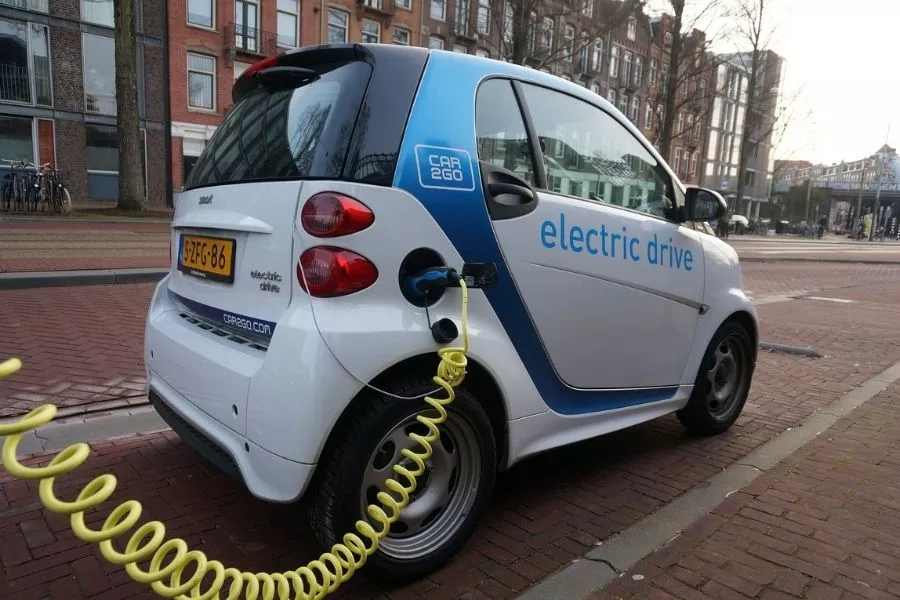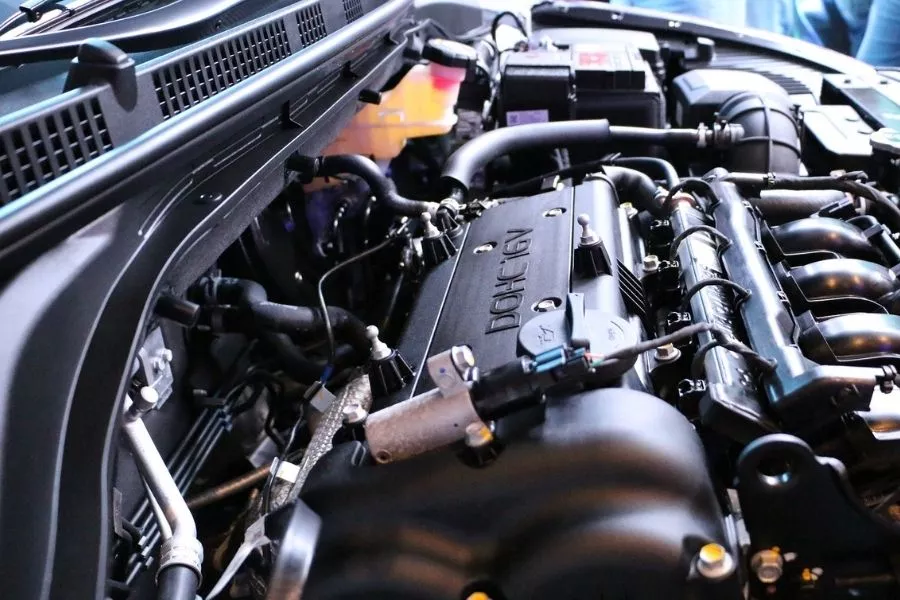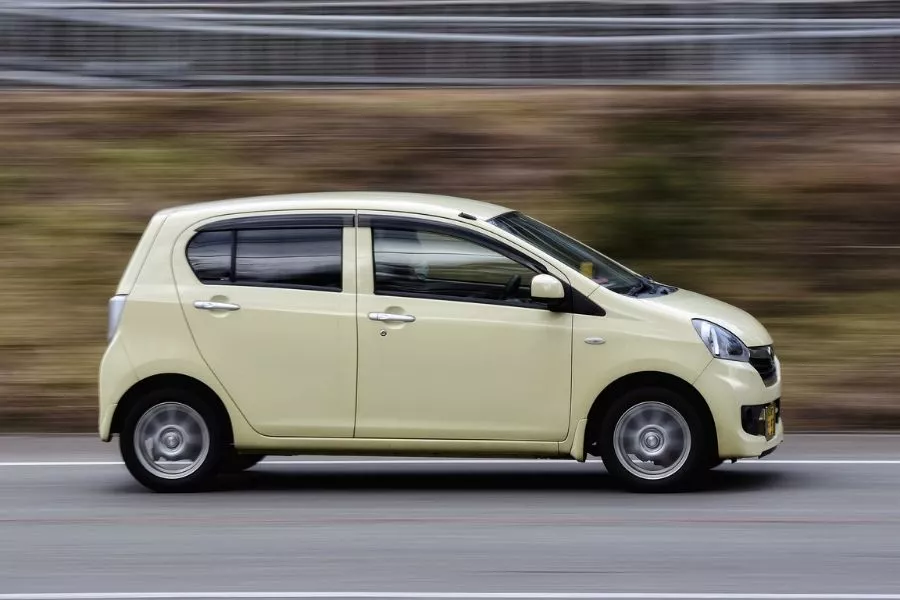The buzz among carmakers surrounding electrification is practically a death knell for combustion engine technology, which is widely expected to bow out of the industry by 2050. However, the proposed adoption of more stringent Euro 7 emissions standards means that petroleum-powered mills could exit as early as the middle of this decade.

Proposed Euro 7 regulations aim to make tailpipe emissions the lowest in the world
Legislators are still finalizing the details surrounding Euro 7 emissions protocols, which are set to be enforced in 2025. But the Association des Constructeurs Européens d’Automobiles (ACEA, European Automobile Manufacturers Association), the main lobbying and standards group representing 16 major automakers in Europe, is pushing back against the proposal.

The European Union wants to floor the pedal on electrification
Autocar cites ACEA’s December 2020 position paper as saying that Euro 7 regulations could effectively kill combustion engines altogether. “Emission limit scenarios presented by CLOVE (Consortium for ultra Low Vehicle Emissions), coupled with the suggested new testing conditions, would in practice result in a situation very similar to a ban of vehicles powered by an internal combustion engine, including hybrid electric vehicles,” the group said.

Future combustion engines may be required to fit a supercatalyst to achieve zero emissions
Among the points under consideration is the use of a multi-stage supercatalyst for gasoline-powered vehicles, comprising a heated electric catalyst, two 1.0-liter three-way catalyst, a 2.0-liter particulate filter, and an ammonia slip catalyst. This will enable combustion vehicles to achieve target emissions of 0.1 to 0.3 g/km CO2 and 0.030 NOx emissions, the lowest in the world. Regulators are requiring that these numbers be consistent under all driving environments, regardless of road and weather conditions as well as vehicle payload.

The stricter regulations could price even small cars out of reach of most buyers
ACEA says that such a feature would be extremely difficult, if not downright impossible, to fit into existing vehicle platforms without driving car prices out of reach of most customers. It adds that maintaining the figures in every scenario is unrealistic. For instance, a fully loaded car aggressively going uphill at a high altitude and surrounded by low ambient temperature will inevitably emit more pollutants under existing technology.

Companies delivering heavy goods might have to remove their existing fleets
The group says that the existing emissions reduction roadmap, which stipulates carbon-neutrality by 2050, already minimizes the impact of the proposed Euro 7 emissions standards. Car industry insiders believe that the tighter regulations are meant to push EU customers toward electric vehicles by making combustion-powered cars prohibitively expensive or unable to comply with emissions requirements, apart from forcing bulk-carrier industries to shift to an all-electric fleet.
More industry updates await you at Philkotse.com.
Recent posts
- lamborghini electric vehicle adoption May 19, 2021
- Japan gasoline vehicle ban Dec 05, 2020
- Porsche gasoline emissions cheating Aug 26, 2020
- Barcelona to ban pre-1997 vehicles to tackle emissions Apr 12, 2017
- 6 ways to reduce your driving emissions May 26, 2017












